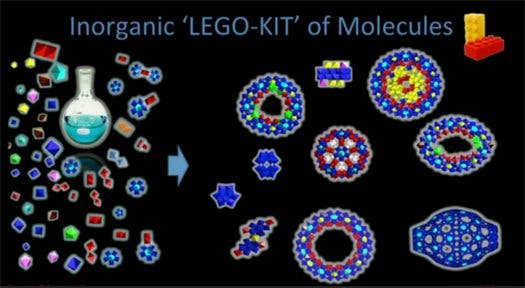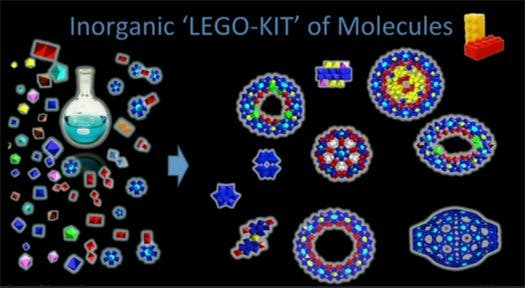A team or Scottish scientists are pushing material science on the extreme side by conducting research which, they hope, will enable them to create life out of inorganic molecules.
All life on Earth is based on organic biology – carbon compounds. The researchers from Glasgow University, however, have shown in a recently published paper a pioneering method of animating inorganic material, which they claim can replicate and evolve just like an organic cell.

“What we are trying do is create self-replicating, evolving, inorganic cells that would essentially be alive. You could call it inorganic biology,” said Professor Lee Cronin from the university’s College of Science and Engineering.
These inorganic chemical cells were coated with internal membranes which enabled them afterwards to insulate several chemical processes just like in any other common organic cell, most notably the control the movement of energy and materials. Applications for this kind of feature would be numerous, especially in medicine and chemistry.
The work of prof Cronin and that of his colleagues aims to prove that inorganic cells are capable of self-replication and evolving just like a biological cell. Cronin believes creating inorganic life is entirely possible, basing his hypothesis on the fact that biological organisms evolved from single-cell bacteria, and consequently so should life be able to evolve from inorganic microorganisms.
“The grand aim is to construct complex chemical cells with life-like properties that could help us understand how life emerged and also to use this approach to define a new technology based upon evolution in the material world – a kind of inorganic living technology.
“Bacteria are essentially single-cell micro-organisms made from organic chemicals, so why can’t we make micro-organisms from inorganic chemicals and allow them to evolve?
“If successful this would give us some incredible insights into evolution and show that it’s not just a biological process. It would also mean that we would have proven that non carbon-based life could exist and totally redefine our ideas of design.”
If proven right, Cronin’s work might challenge the way evolution is viewed, as it would mean there are alternatives to carbon-based life. The reserach paper has been published in the journal Angewandte Chemie.









